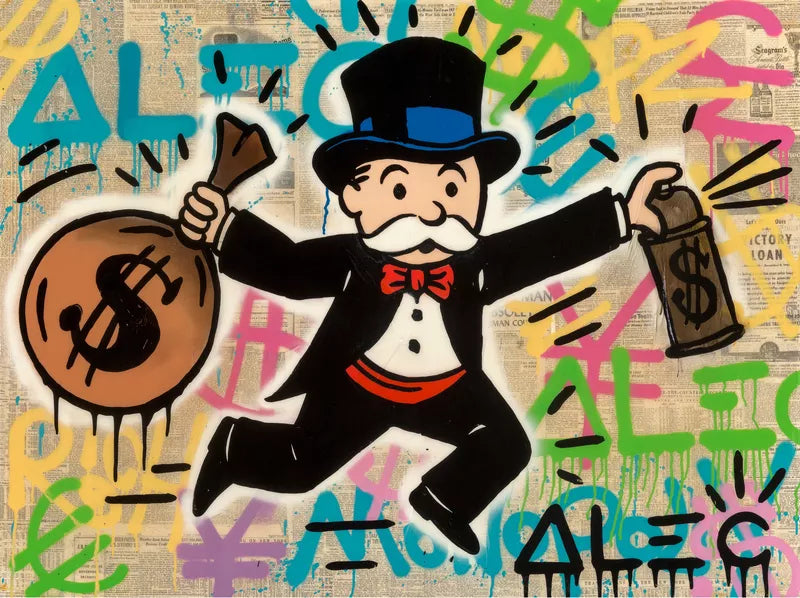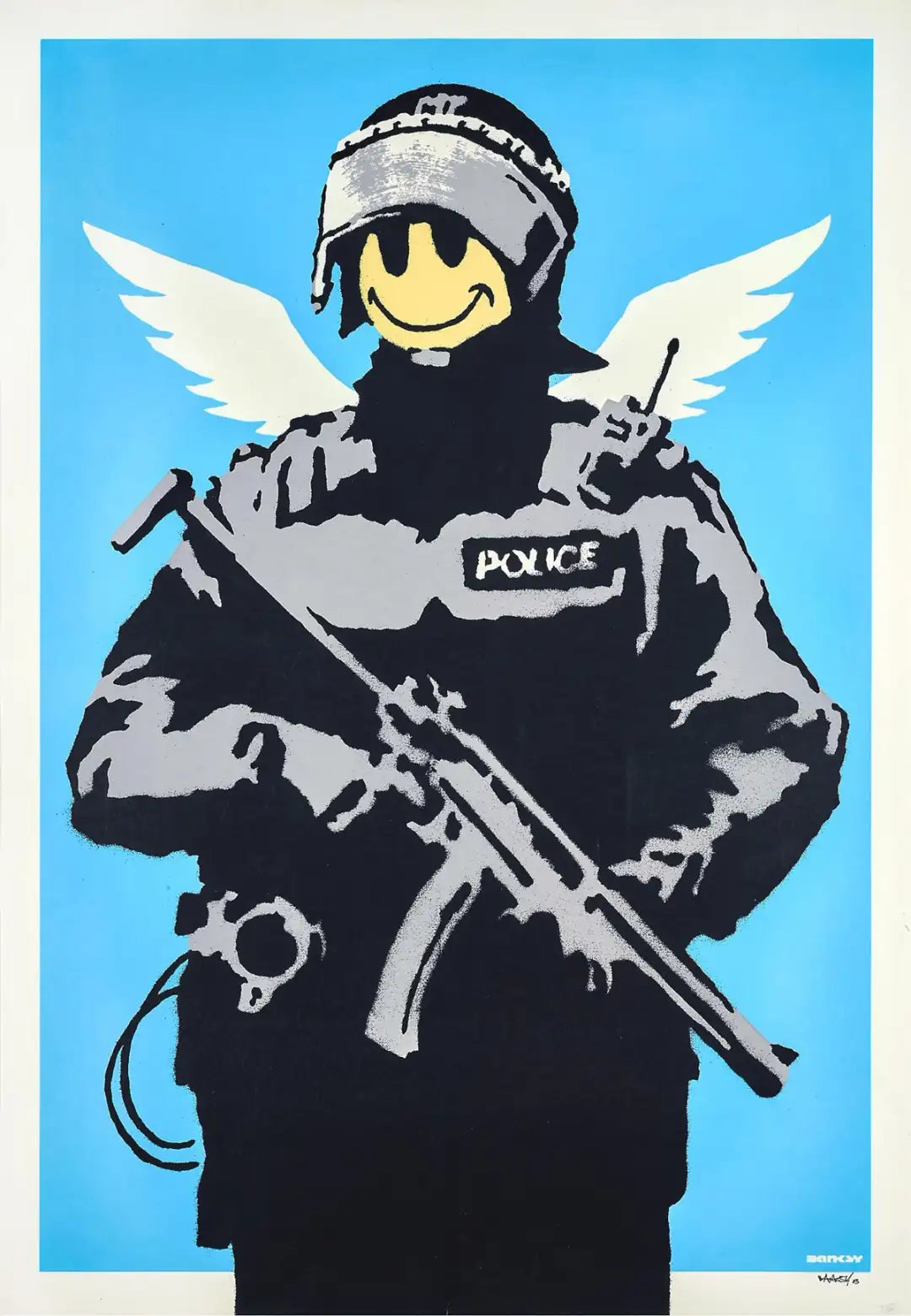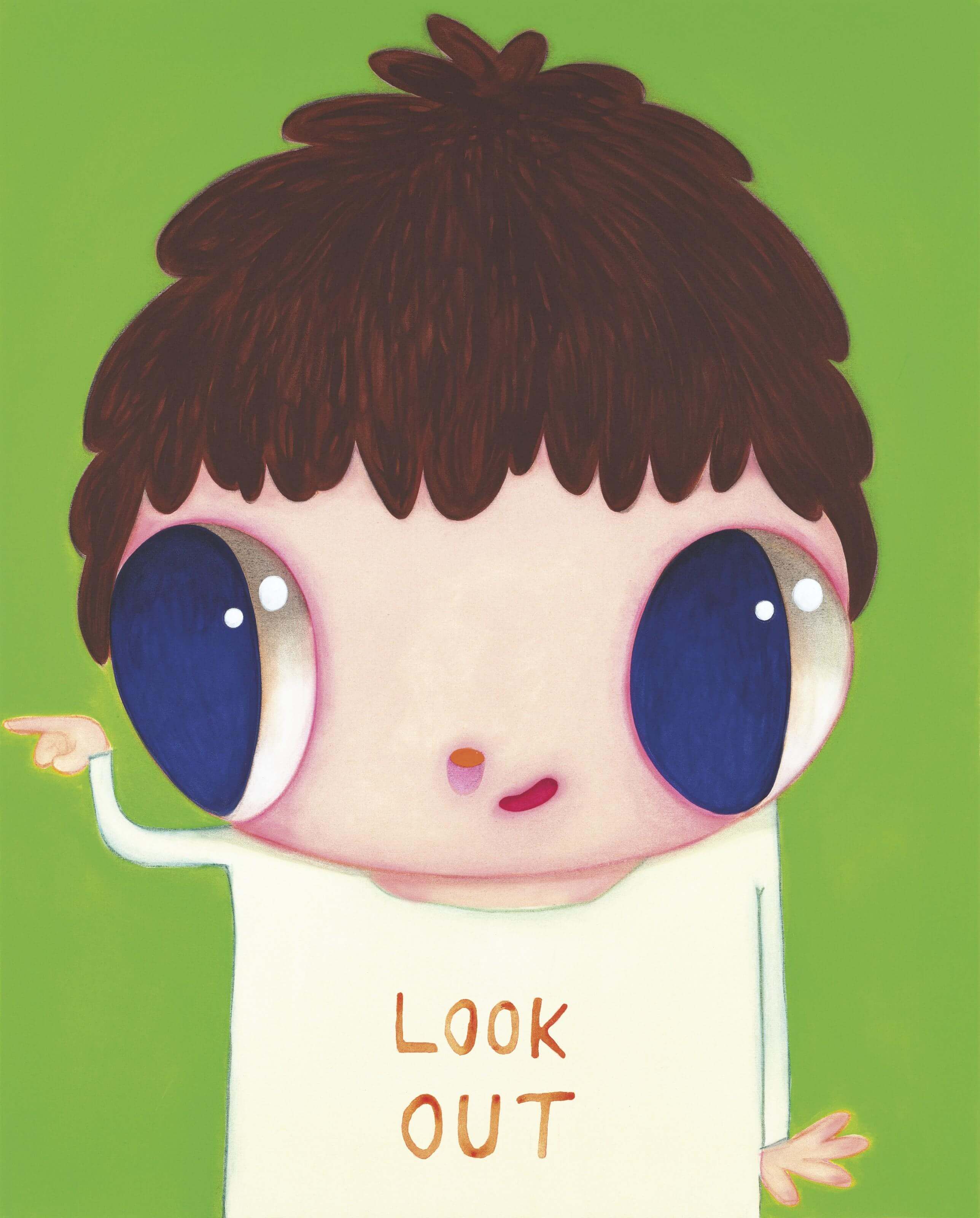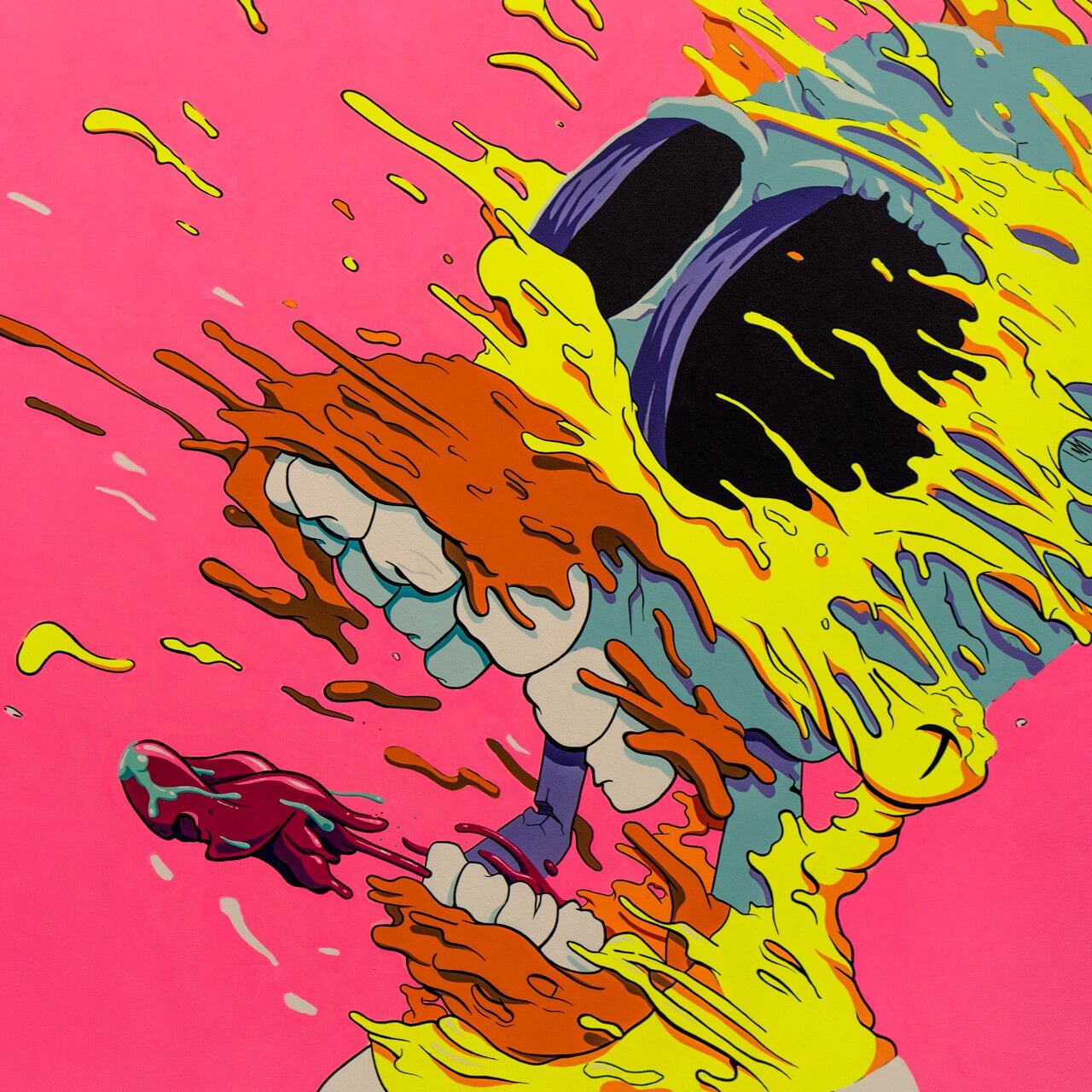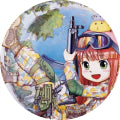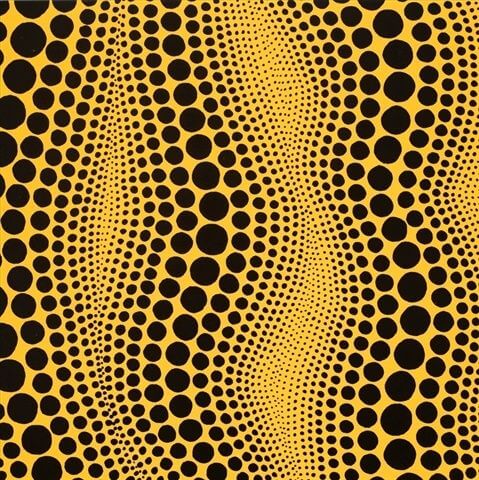
What Is An Art Print?

What is an Art Print?
Art prints are not just mere reproductions of an artist's original works, they are a way for artists to actualize and share part of their unique artistic practice, ethos, and vision.
Basic Terms
Art PrintEven though there are usually multiple of the same prints in circulation, such prints are limited and considered unique artworks, due to the fact that each print is individually numbered and part of a print edition.
Prints are usually reproductions of an artist's original work. Therefore, art prints are usually less expensive than the original work they are based on.
Print Edition
A print edition basically tells you how many total prints of a particular design were created. This number will usually be indicated at the corner of the print.
The smaller the edition, meaning less prints were created, the rarer and more valuable each individual print is. Small edition prints from famous or blue-chip artists are highly coveted.
Print Number
Print Number indicates the specific position of a print and the total number within the print edition. You may also find this number at the corner of the art print.
For example, '60/150' means the print is number 60 out of an edition of 150 total prints.

Artist Proof (AP)
When printmaking technique was less sophisticated, the earliest prints of an edition were of superior quality, because the printing plates gradually wore down as they were reused throughout the production.
The artist would frequently save these original prints for himself, hence the phrase "Artist Proof." These might occasionally serve as working trials, displaying extra notes by the artist.
With today's advanced printing technology, Artist Proof prints are identical to other art prints in the edition. However, they are still more prized due to their history and scarcity.
APs are still in high demand and command a somewhat premium price due to their limited availability within an edition.
The Artist Proof edition of Banksy's Girl with Balloon was one of the most expensive pieces auctioned at Sotheby's Banksy Online auction:

Final Proof (BAT)
Final Proof prints are highly sought after, because there is only one in any edition - the final print approved by the artist, which will be the model for the rest of the edition. Think of this print like a final draft, as it were.
Printer's Proof (PP)
Printer's Proofs are also a little more expensive than APs, because they're even more scarce. PPs are art prints given to the studio or printers commissioned by the artist to work on the edition, as a kind of thank you gesture.
The number of PPs depends on the number of technicians who worked on that edition.
Hors CommerceOR 'Out of Trade'
Hors Commerce is a French term for 'Out of Trade'. They are only available from the artist directly. Therefore, they are the most valuable because they are the rarest.
Creating art prints involves a variety of techniques, each bringing a unique charm to the final piece.
Etching, a process dating back to the Middle Ages, involves inscribing an image onto a metal plate before it is inked and pressed onto paper.
Alternatively, screen printing, or serigraphy, uses stencils to create vibrant, multicolored prints. Lithography, based on the principle that oil and water don't mix, involves drawing directly onto a stone or metal plate. Similarly, the timeless art of woodcuts allows artists to carve their designs into wooden blocks for printing.
Meanwhile, the 21st century brought us digital printing, using high-resolution printers to produce quality prints with precision and speed.
Right now, we're going to get into each art printing type and provide some detail of the process...
Etching
An etching is created by scratching an image onto a wax-covered metal plate with an etching needle. The scratched plate is then immersed in acid, which deepens the lines of the picture into the metal; the longer it is exposed to the acid, the darker and deeper the lines become.
After cleaning the metal plate, the lines are filled with ink. Then, damp paper and a cloth are placed over the plate, which is forced through an etching press, allowing the ink from the incised lines to be picked up by the paper. The resulting image is printed backwards.

Screen Printing
Screen printing is a popular printing method utilized by contemporary artists such as Banksy and KAWS. It was immensely popular throughout the 1960s, thanks to artists such as Andy Warhol and Roy Lichtenstein.
Screen printing not only enabled them to use and copy familiar pictures from the mainstream, but also to mass produce them. Warhol's prolific output of prints would not have been possible without this ground-breaking technology.
The image is cut into a piece of paper to produce a stencil, which is then placed in a frame with a layer of mesh stretched over it - aka the 'screen.'
A sheet of paper is placed beneath the screen, and ink is squeezed through the stencil from above with a squeegee, or rubber blade. A photographic picture can also be recreated through screen printing using light-sensitive gelatin.

Lithography
Lithography was first utilized in the nineteenth century, but it was later adopted by Modernists such as David Hockney and Jasper Johns.
The image is initially sketched into stone with a grease-based material such as crayons or tusche ink for the process of generating a lithograph.
The stone is then treated with a chemical solution to ensure that the image will catch printing ink while the rest will attract water and reject ink.
The stone's surface is then moistened with water and coated with oil-based ink that will only be drawn to the picture region.
Finally, the inked stone is placed on a lithographic press with a damp piece of paper and a board pressed evenly over it. The image is printed backwards.
Lichtenstein's lithographs demonstrate how using different stones for separate pictures may provide a variety of colors.

Digital Printing
Digital printing is a simple method of producing reproductions using a computer and an ink-jet printer.
The image's digital information is fine-tuned to guarantee that the resultant print exactly matches the original work.
Giclee prints are the most prevalent type of digital print. This technique (which literally means "to spray") entails spraying ink in mists of small dots onto paper or canvas.
This is a phrase that is frequently used in the field of photography. Although the bulk of contemporary digital photographic prints are either c-type (laser) or giclée (inkjet), historical images may have been created using a variety of unique processes.
Woodcuts
Woodcuts are the oldest printmaking technique, but they are still utilized today by artists such as Damien Hirst.
The artwork is sketched and then carved onto a woodblock for this process. The wood is then inked, and a sheet of paper is inserted and pressed on top, leaving a reverse impression of the carved design.

The value of a print is determined by a variety of criteria.
On the most fundamental level, whether a print is signed or unsigned is a key signal of value. Signed prints will be more scarce and thus more valuable.
Condition is extremely important, as no collector or gallery will purchase a damaged print.
The print type and technique used by the artist will also influence the artwork's appeal, marketability, and value. In the case of Roy Lichtenstein, his lithographs inspired by comic strips, such as Whaam! or Shipboard Girl, are among his most popular works, alongside the previously mentioned series of woodcuts.
Andy Warhol is recognized as the "Father of Screen Prints," hence his most famous works, such as Marilyn Monroe, will naturally command a higher price.
Most of Banksy's works are screen prints, and all of them have a steady, highly valued market. With him, it's more important to consider the size of the edition and whether it's signed or not. Christ With Shopping Bags, for example, was released in a small edition of 82 with all works signed, making it highly sought-after.
For some artists, a certain series may be the most well-known and thus the most appealing investment; Harland Miller's Penguin series of screen prints based on the dust jackets of Penguin classics volumes is such an example.

